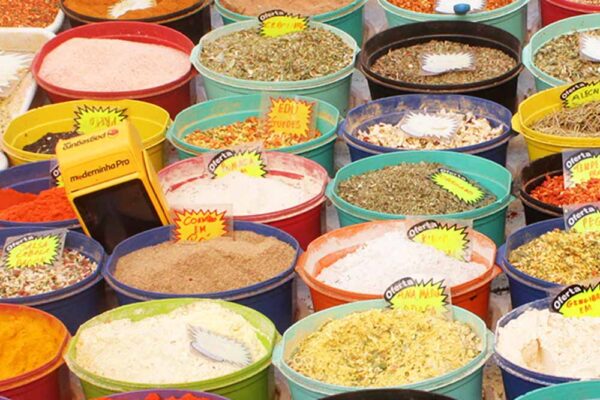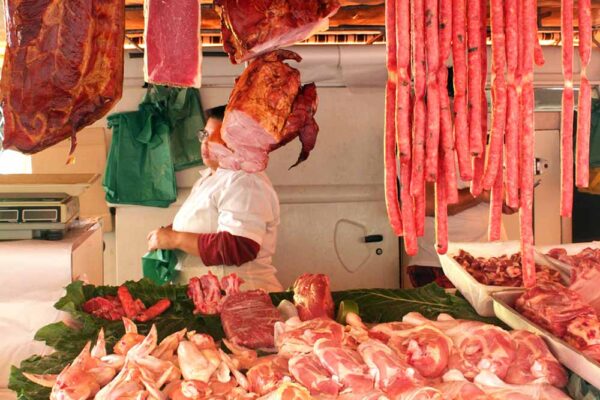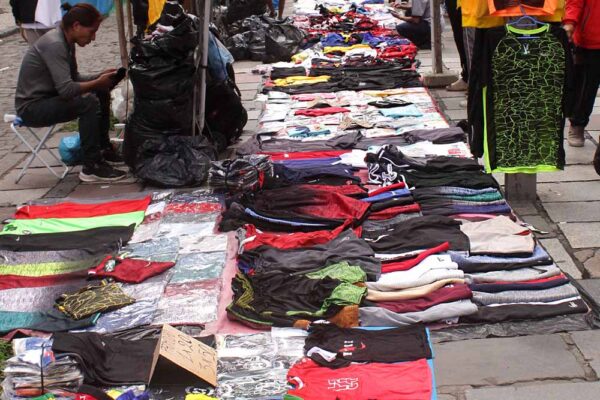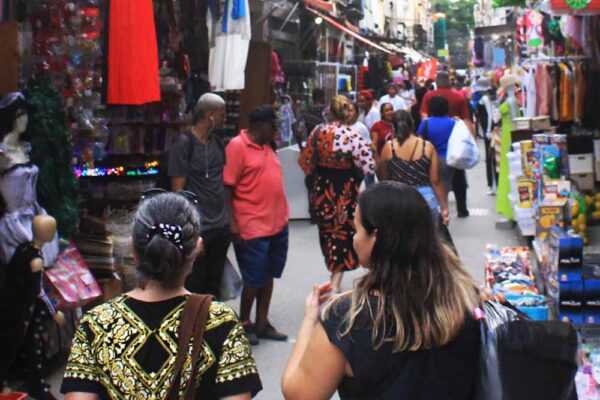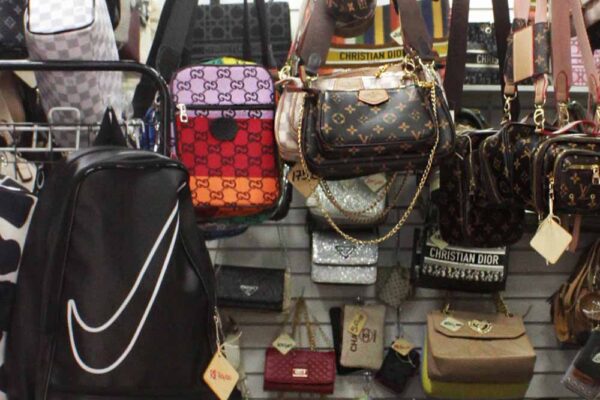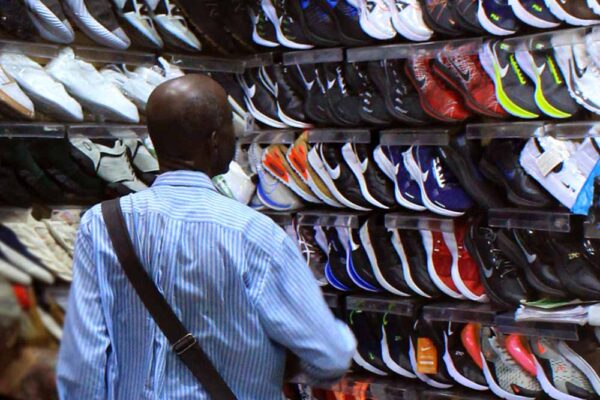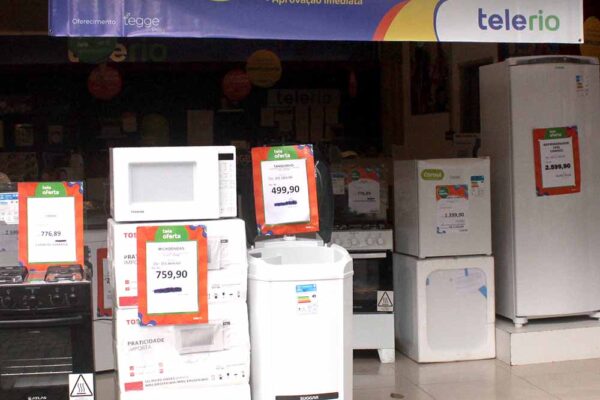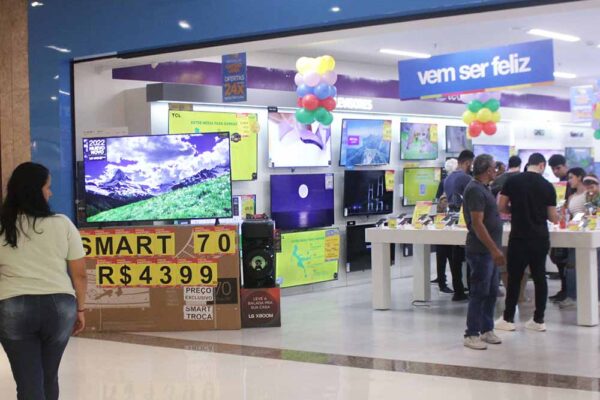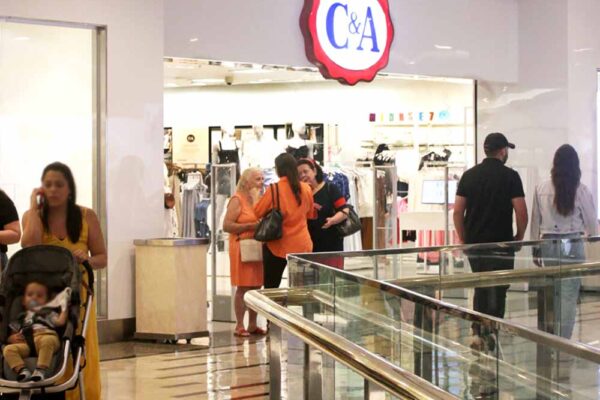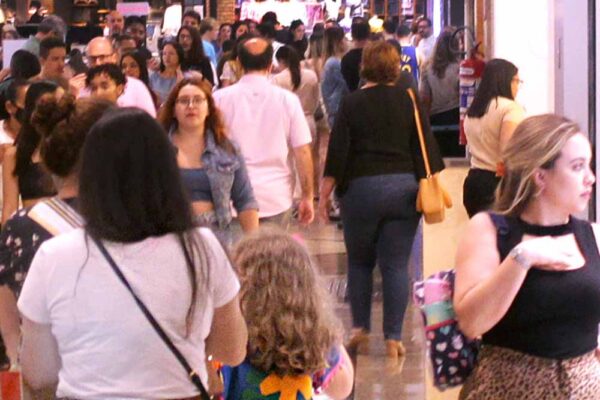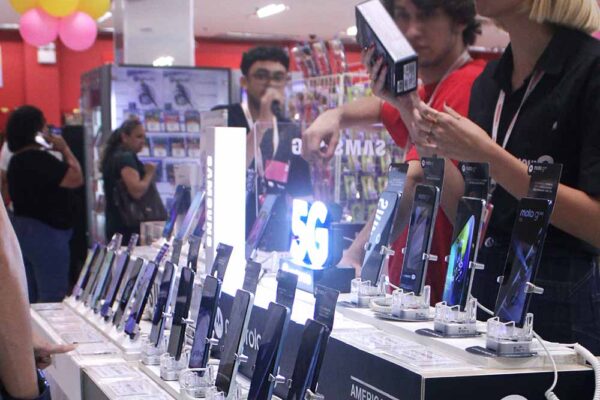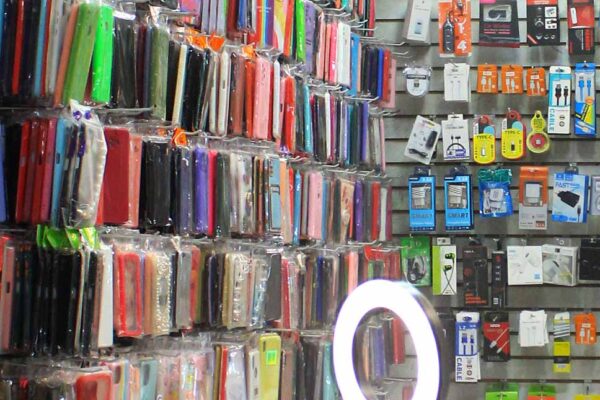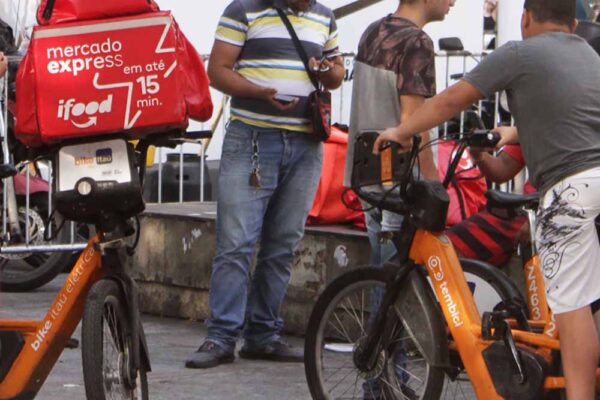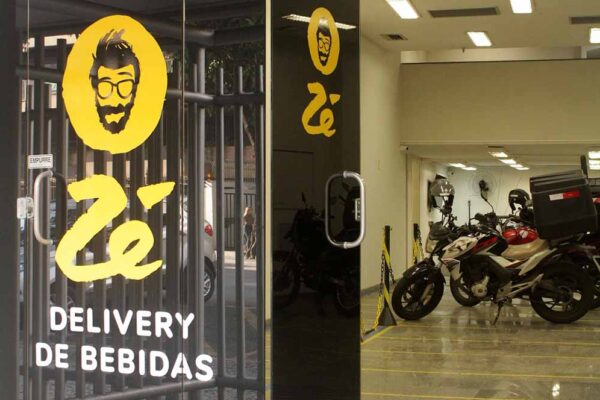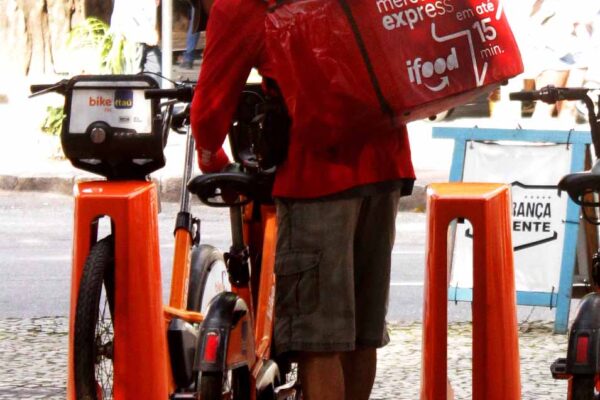1. Street fair in the center of Rio. In the picture spices are “on offer” among garlic and “dendê” palm oil, eggs, meats, fruits, etc. Rio de Janeiro, Brazil, 2022.
This visual essay focuses on everyday practices of consumption in the city of Rio de Janeiro, Brazil, based on in-depth interviews conducted within the scope of the research project “New Consumer Cultures in the Global South” in 2021[1]. The research aimed to understand consumer patterns among people “emerging from poverty”, also once called “new middle class” or “class C” (Neri 2008), but that do not configure a consolidated middle-class, instead occupying a liminal and unstable status between being former poor and traditional middle class, especially in the context of the health and economic crisis caused by the covid-19 pandemic.
The methodology chosen for the production was based on the selection of spaces of consumption mentioned by the participants as an attempt to partially represent those experiences of consumer practices through the places Cariocas most shop for food, groceries, clothes, accessories, beauty products, appliances and electronics. By doing so, a few kinds of consumption places are privileged, namely: the street fairs and the supermarkets; the camelôs informal street markets and the shopping centers;
Nevertheless the pictures were taken when markets returned to being crowded with people in a post-pandemic moment (2022), digital consumption is increasingly a reality (Frid et al. 2022). To address this virtual interaction, the digital consumption through apps is made visible by the often “unseen” delivery workers of this kind of enterprise. Finally, the way this essay makes use of the images is not merely as illustrations, considering that their signification is constructed, but also as opening discussions and promoting social analyses itself.
The choice to focus on consumption spaces in the city shows itself useful particularly because visiting multiple and different kinds of markets for buying each specific thing appeared as an important part of the strategy of the interviewees for making the best use of their resources while fulfilling their expectations of utility or pleasure. They have specific and different places for buying general food and home supplies, groceries and vegetables, for example. A few factors altogether impact in this choices: proximity from place of living/working; lower prices, promotions and discounts; flexibility in the payment methods, such as credit, installments or “pix” (a digital gadget for easier money transfer through smartphones).
[1] 31 in-depth interviews were made through video calls with residents of Rio de Janeiro in 2021. The participants were recruited through a combination of income criteria and social aspects like occupation and place of residence.


